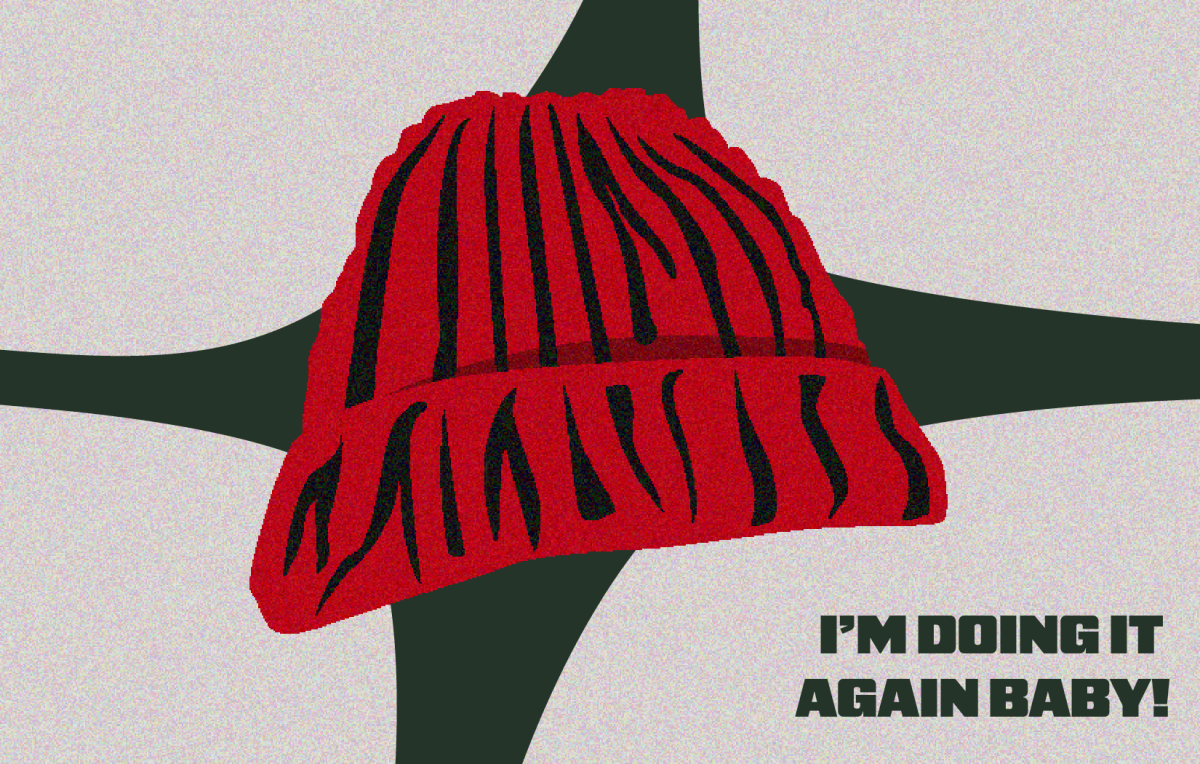Biology professors Phyllis Coley and Tom Kursar spent 11 weeks during Fall Semester in the Amazon rainforest studying the Inga genus of trees, and now they finally get to start analyzing their samples.
Coley and Kursar are a husband-and-wife team studying the defensive evolution of this specific genus, or category of biological classification. Kursar said they were researching whether herbivores are driving the evolution of the plants at a faster rate than expected.
Coley and Kursar spent nine weeks in a tent at a settlement in Brazil called Kilometer 41. Settlements for researchers were set up by the Biological Dynamics of Forest Fragment Project, part of the National Institute of Amazonian Research (INPA).
Coley and Kursar had no connection with the outside world and had a few hours of electricity each day. A week before and after their time in Kilometer 41 was spent in Manaus, Brazil.
Maristerra Lemes, a researcher for INPA who is collaborating with Coley and Kursar, informed the researchers Monday that she had received the necessary permit needed to ship the samples of leaves to the United States to analyze their defensive attributes.
Plants have specific defensive chemicals they use to ward off herbivores, including insects that eat plants. The defense of matured Inga leaves is the toughness of the leaf. Younger leaves rely on toxins they produce to defend themselves from predators.
A different kind of defense younger Inga leaves use is a small cup on the plant that collects a sugary water. This water attracts ants and the ants crawl over the leaves to drink it. The ants don’t hurt the leaves, but work as patrolmen, attacking and eating any insects, such as caterpillars, on the leaf.
The Inga genus has more than 300 species, and the researchers are studying as many as possible to understand defensive developments of the genus as a whole, Kursar said.
Coley and Kursar originally thought the defenses of the plants would evolve slowly, but their hypothesis quickly changed when they discovered the level of difference between defenses in the genus throughout the region where it grows and how quickly the defenses evolved.
“You think you have an idea,” Coley said. “Then it’s exciting when the data tells you otherwise. It forces you to be creative.”
The genus grows throughout Central and South America. Coley and Kursar have studied the plants in Peru, Panama and Brazil. This fall, they will be traveling to French Guiana. They have completed studying the plants from Peru and are finishing analyzing the Panama samples.
“It’s surprising how quickly the plants are evolving,” Coley said. “But how are they changing? Embellishment or gene regulation?”
Closely related species in Inga develop differently but still look similar, Coley said. The insects that feed on the genus die within weeks and have to evolve quickly to get past the defenses of the plant.
Leaf species are more varied than originally expected, Coley said.
“Like snowflakes, there are few repeats,” she said.
Coley and Kursar have gone to Brazil three times to study the plants but couldn’t get the samples sent back to the United States. Samples from Brazil will be arriving within the month. Brazil used to have strict laws on exporting items from the country, which made it difficult to study the plants. Over the past few years, the restrictions have been lifted, making it possible for samples to be exported back to the United States.
“We’ve been working on this for five or six years8212;it’s only just beginning,” Kursar said. “We’ll work until we’re satisfied with the answer.”
 Phyllis Coley
Phyllis ColeyAn ant drinks from a small cup on the young Inga leave. The cup collects sugary water that attracts ants that then defend the leaves from insects that eat the plant.











